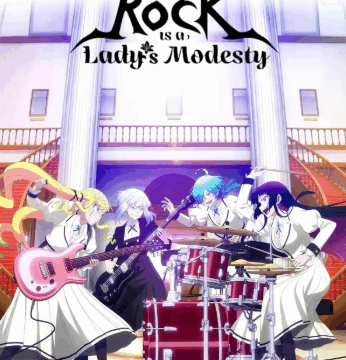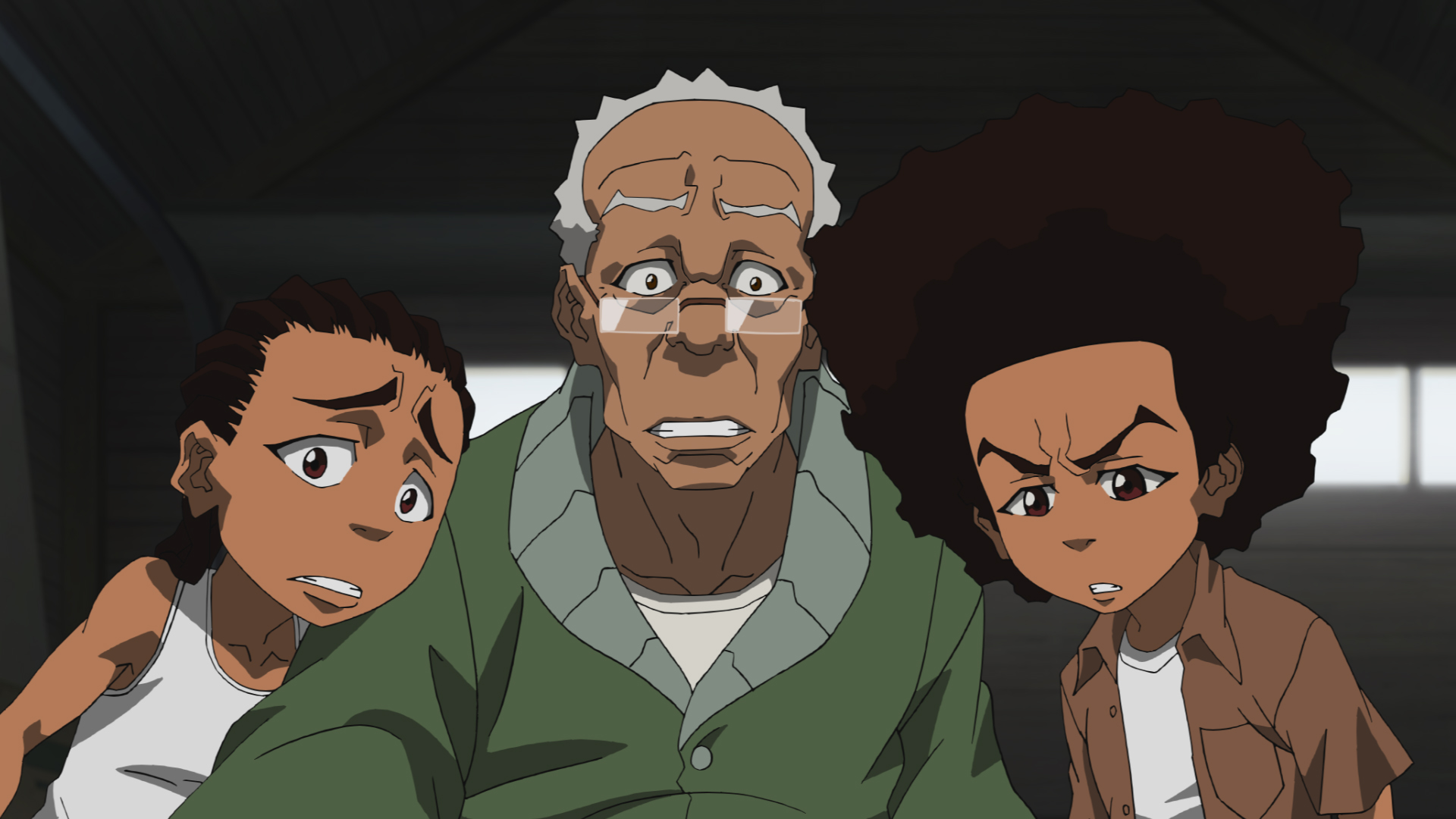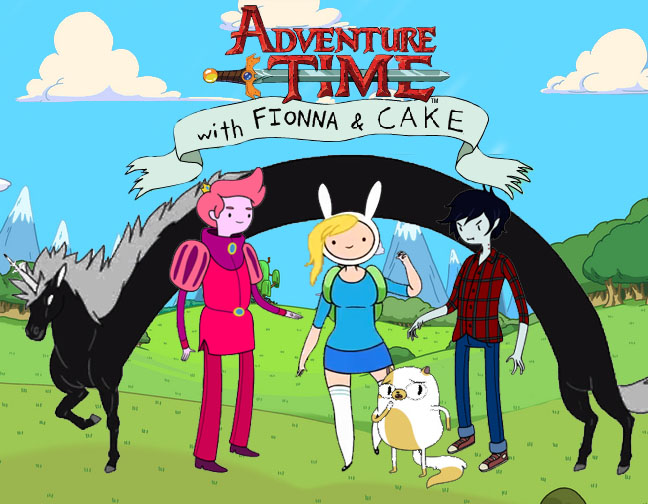Season Review: Castlevania Season One
Does Castlevania deserve its second season pickup?
In 2015 Producer Adi Shankar who’s usually known for doing dark fan-made video projects (including a Thomas Jane Punisher short, “Dirty Laundry”) announced that he was working with Fred Seibert and strangely enough, Frederator Studios on an animated mini-series based on Konami’s Castlevania franchise with the promise of assuring longtime fans that it would be “R-Rated as Fuck” and with unapologetic aplomb, Shankar upholds to those promises.
The main plot is set in 1476, where Dracula has the European village of Wallachia under his brutal grip in retaliation for the tragic witch-burning of his wife Lisa Tempes one year prior, because apparently religious fuck-wits blissfully hate science, logic, and by extension women who aspire to be doctors. Where does a Belmont fit into all this? Trevor Belmont, who’s the protagonist of Castlevania III, isn’t even introduced until the very end of episode one. Thankfully, episode two wastes no time picking up the story by shifting the focus on Trevor who later on encounters other supporting characters from Castlevania 3 such as the young androgynous sorceress Sypha Belnades and another fan-favorite, Dracula’s half-human son Alucard who’s popularity elevated from the 1997 PlayStation classic Castlevania:Symphony of the Night yet the wall-climbing thief Grant Danasty is nowhere to be found. (Season 2 Maybe?)
The NES games at the time had very little room for complex storytelling or characterization until the later games such as Rondo of Blood and it’s magnum opus Symphony of the Night changed everything we know about the franchise today. Given that the older Castlevania games at their core were your classic “Good vs Evil” stories with the Belmont Clan vs Dracula, the animated series reaches levels of complexity that the older games from the 80’s couldn’t achieve sprinkled with not-so-subtle social commentary by pointing out how the injustice & hypocrisy of religious zealotry can be a just as evil as the very “unholy monsters” they claim to be against.
In terms of visuals and audio, Castlevania sets a new bar for Western animated adaptations. The animation—led by director Sam Deats—blends Western style with anime sensibilities, delivering gorgeously detailed character designs, fluid combat sequences, and unflinching gore. This visual fidelity stands in sharp contrast to Frederator Studios’ earlier, more whimsical works like The Fairly OddParents or Adventure Time. The haunting, orchestral score underscores the bleak, Game of Thrones-like atmosphere, complementing the brutal tone and adding emotional weight to quieter moments. Combined with Ellis’ razor-sharp writing, the atmosphere is immersive and emotionally grounded, even during the show’s blood-soaked battles.
Overall, despite being just 4 episodes, Castlevania Season One succeeds not just as a video game adaptation, but as a dark fantasy series in its own right. While the season is short and some characters—like Dracula and Alucard—are introduced later than expected, the groundwork it lays is strong, rich with potential for future installments. The voice cast delivers standout performances across the board: Richard Armitage infuses Trevor Belmont with a gruff charm; Alejandra Reynoso gives Sypha a spirited edge; and Graham McTavish’s Dracula is both terrifying and deeply human. Even lesser-known players like Matt Frewer’s chilling Bishop leave a lasting impression. With its mature themes, layered writing, and striking visuals, Castlevania proves that animated adaptations of beloved games can not only be faithful—they can elevate the source material into something even greater, and we can only hope Season Two tops that!

























"There are also other characters that come and go (also owned by the Warner Bros. Discovery conglomerate media company)."
Huh. Is that just referring to other characters from the show itself, or is this implying that the new season is going to have cameos from other WBD IPs